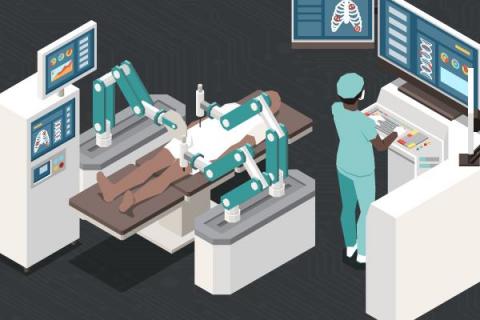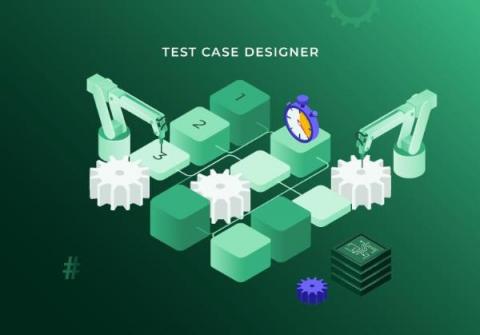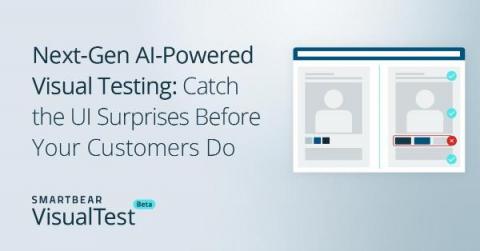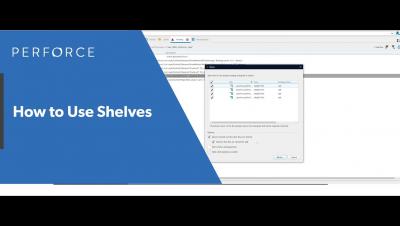Systems | Development | Analytics | API | Testing
Testing
The latest News and Information on Software Testing and related technologies.
Ticketmaster: An object lesson on the need for performance engineering
The user experience is critical – just ask Ticketmaster.
Automated Functional Testing: An Introduction to Efficient Software Testing
Discover how automated functional testing can save you time, and give you faster feedback, increased test coverage, and more confidence in your product.
Test Coverage: How to increase test coverage using Testsigma?
The software release goes through two main phases – development and testing. When the software is under development, a developer codes the required features and lets the team know he is done with it. How do we verify this? By using the functionality on any of the systems. It is then cleared for testing. Now when the software is under testing, a tester tests the functionalities of the application and lets the team know he is done with it. But how do we verify this?
Robustness Testing in Software Testing - An Overview
Let’s talk about something important in the realm of software testing: Robustness testing. ISTQB states, “Robustness testing is the degree to which a component or system can function correctly in the presence of invalid inputs or stressful environmental conditions.”This is when we test a system or program to see how well it can handle unexpected scenarios and mishaps.
Compliance Testing: Everything You Need to Know in 2023
Welcome, software testers and compliance geeks! Today we’ll look into Compliance testing, which can sound like a dry and daunting task, but we will make this fun. Consider yourself a software tester who has just been set with verifying that your company’s latest application complies with all the necessary regulations and standards. This might be intimidating, but don’t worry; we’ve got your back.
The impact of model-based test case design on automation
Research has shown that 35% of companies find manual software testing to be the most time-consuming part of the software development life cycle. Because manual testing is so time consuming, test automation has been growing as a solid way to improve ROI. From reduced tester fatigue and greater productivity to a better product and faster time to market – building a robust test automation framework can add numerous benefits to your team.
What is Visual Testing?
Companies today deploy new releases constantly, some even daily. This constant deployment means regular updates are occurring or existing lines of code are being altered, which can cause problems. The slightest change of code can break the functionality of an existing code structure causing the user experience to suffer. Maintaining a visually perfect UI is important for retaining customers.
Why & How to Shelve Files in Perforce Helix Core - Perforce U
How to Test Smartphone Biometrics
Smartphones have advanced greatly since their introduction in the 2000s. From faster GPUs for gaming to advanced instrumentation, these devices are now more computer than phone. Given the limitations of simulators and the complexity of real devices, they've also become a challenge for app developers to test. Biometric authentication, a fast-growing smartphone technology, introduced testing challenges.











